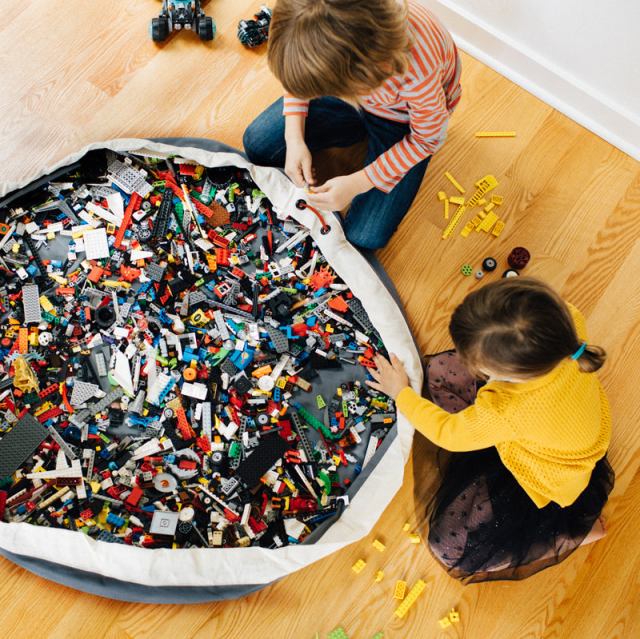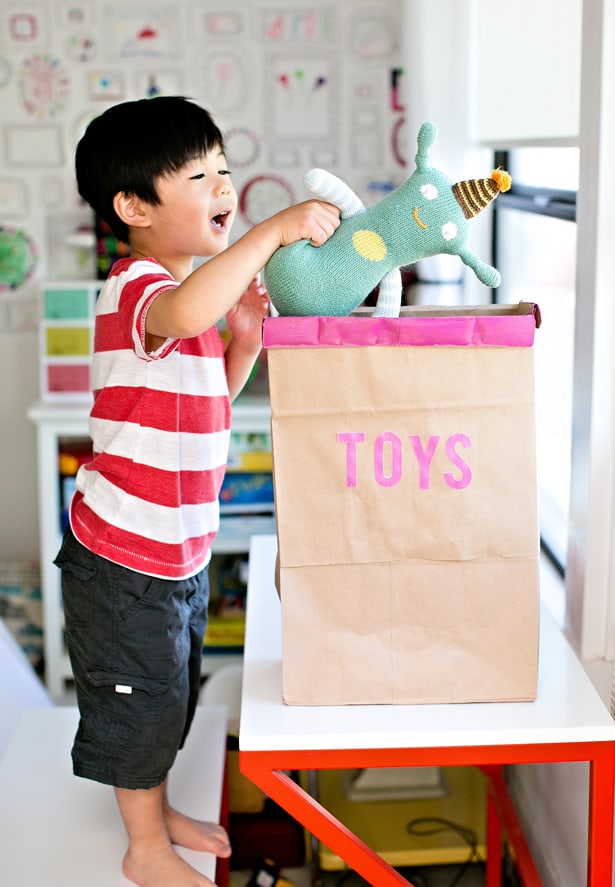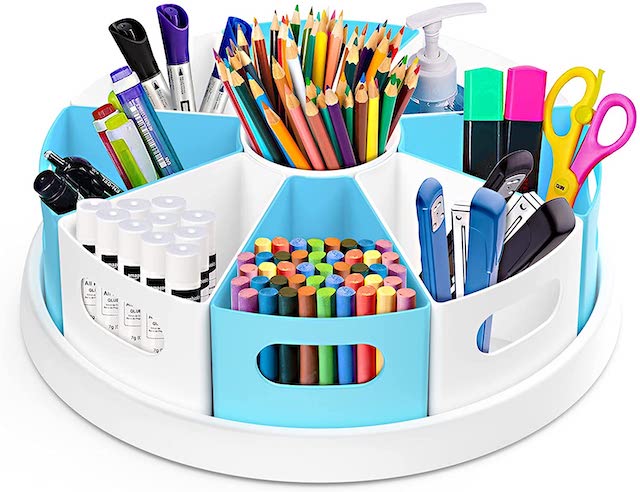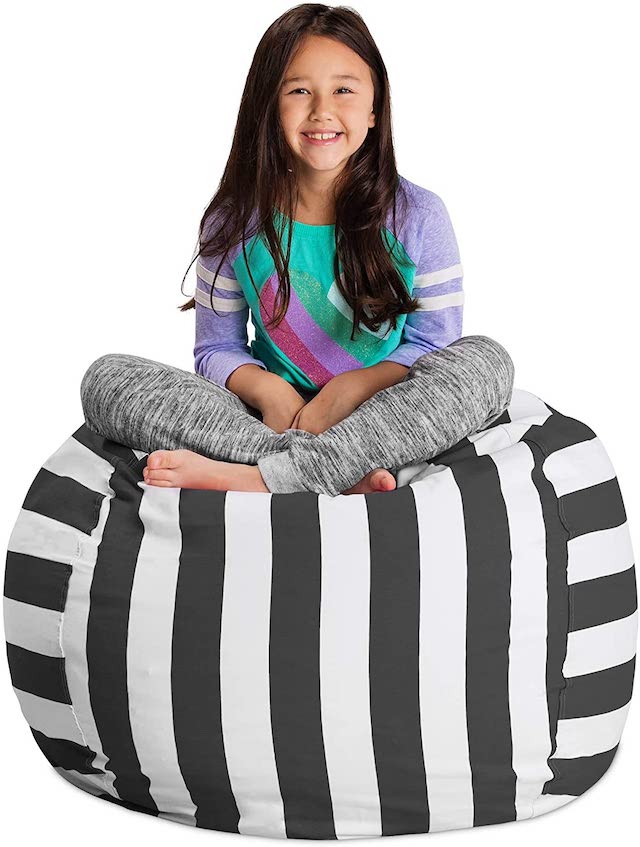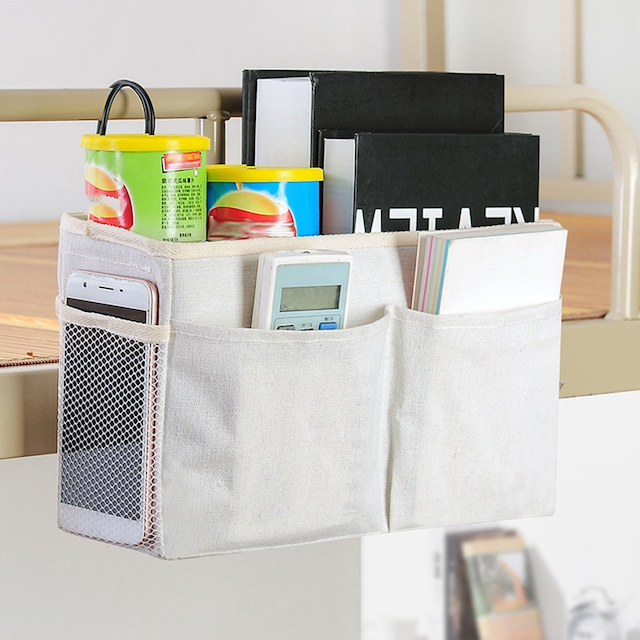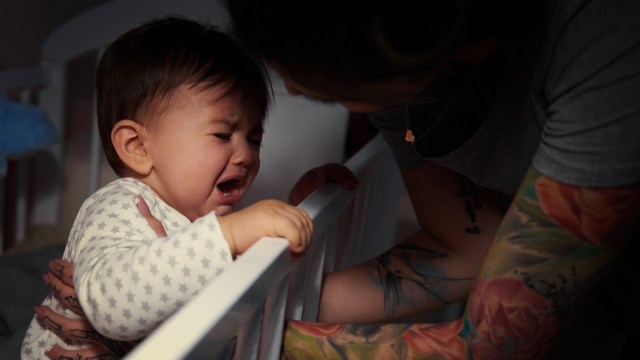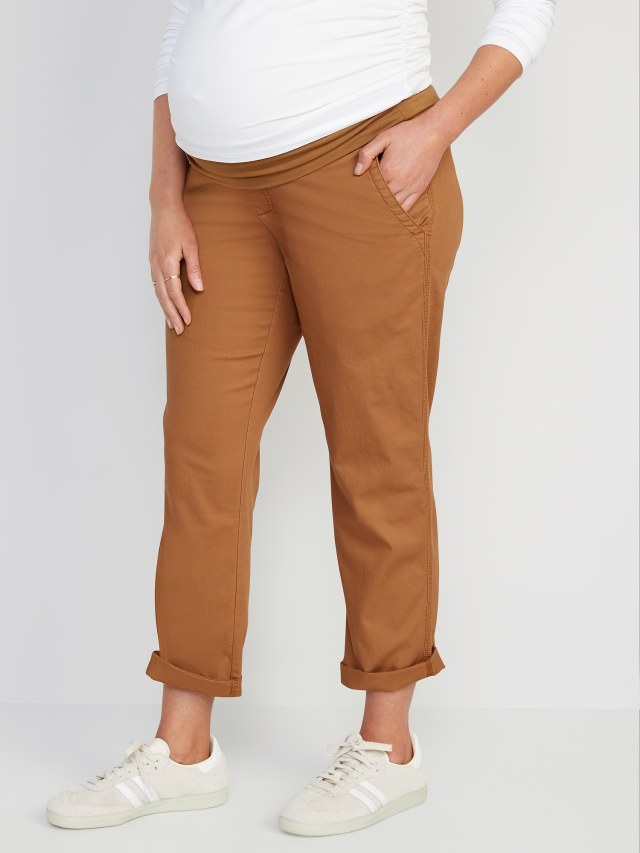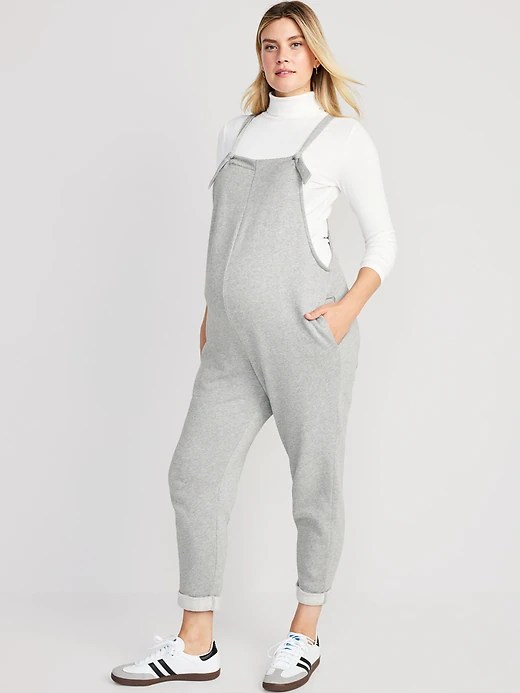When to wean your baby is an extremely personal decision, but if you feel like your time has come, read on to get a sense of how it’s done
Breastfeeding can be a magical experience for some, and the literal embodiment of “touched out” for others, but there comes a time in every lactating person’s journey when it’s time to say goodbye to the cuddles and cracked nipples and wean that baby. Maybe you’re about to head back to work and breastfeeding/chestfeeding isn’t an option anymore, or you might be past the recommended duration (six months, says the AAP) and just feel ready to give it up. Or maybe you hated every second of it so far and don’t want to do it anymore. And that’s fine! Everyone has their own unique experience, but when your time comes, how do you stop breastfeeding?
There are a few things to consider if you’re ready to wean, like if your baby has started solids yet, and whether you’re stopping before a year and switching to formula or after a year with no substitutions. Whatever the case, be sure to discuss your plan of action with your doctor or a certified lactation consultant. We spoke to a few lactation consultants to get a sense of what the process looks like so that you both have a smooth transition (because it’s an adjustment for you, too!).
How to stop breastfeeding
“Weaning a baby is very individual for each mother and baby or babies,” says Deedee Franke, a registered nurse and certified lactation consultant at Mercy Medical Center. “Before trying to wean, mom should make sure she’s physically and emotionally ready, assess how the baby may respond, and if the baby is under 1 year, make sure they can physically take a bottle and tolerate formula.”
In an ideal world, weaning is also a process, not a one-time event, explains Amy Peterson, IBCLC and lactation consultant for Evenflo. “As a baby breastfeeds less often over time, the milk supply begins to decrease and mom remains comfortable.” This helps avoid painful complications that come from stopping suddenly, like clogged ducts and mastitis.
As always, if your baby is suffering from discomfort related to reflux, starting solids, or teething, or if they’re sick, all bets are off and you can pick up where you left off once they’re back to normal. The same goes for times of major transition (like moving, starting a new daycare, or going through a big developmental milestone).
Interestingly enough, Peterson says that as soon as your baby takes their first bite of food, the weaning process naturally begins. “Over time, babies replace breastfeeding with other foods and drinks, and they replace the physical closeness of breastfeeding with other routines and forms of snuggling.”
How do you know when to stop breastfeeding?
When you stop breastfeeding is an extremely personal decision. The short answer is simply when you feel like you’re finished. If you’re exhausted and not getting any joy out of the process, then it could be time to consider weaning.
If you’re a little more flexible, Peterson says there’s a time when weaning can be more of a mutual decision between mom and baby. “When your baby begins eating more food, and breastfeeding dwindles to naps and nighttime, it could be a good time to start weaning.” But if a mom is struggling emotionally with breastfeeding or has come to resent it, it’s perfectly understandable to start the process earlier, she adds.
If you feel like you’re at this stage in your breastfeeding journey, here’s how to stop breastfeeding as seamlessly and painlessly as possible—for everyone involved.
How do you wean a baby gradually?
How you choose to wean is different for each parent, but experts agree that the best means to the end is a gradual process. This helps protect your breasts from painful complications and helps ease the emotional transition for both parties involved. Enlisting the help of a lactation consultant to cater a plan specifically to your needs is always a great option, but here are a few tried and true techniques for gradually weaning day feeding.
Drop one feed at a time:
Franke says, “In general, I would recommend dropping one feeding every three to four days and replacing it with a bottle.” Start with the feed your baby seems least interested in, and since your breasts are so enticing to your little nugget, see if someone else can do the bottle feed. Babies under a year need replacement feeds of formula or pumped breastmilk, whereas babies over a year who have a variety of foods and drinks are good to drop without replacing.
Once you’ve both settled into a new routine with one less breastfeeding session, move on to the next one and do it all over again, say the NHS. This gradual process can take anywhere from a few weeks to a few months.
Don’t offer, don’t refuse:
Another option, according to the La Leche League International (LLLI), is to practice the “don’t offer, don’t refuse” routine (this is best for older babies, as infants need to eat more regularly). This means you breastfeed your child when they ask, and don’t offer when they don’t ask. Whenever your breasts get uncomfortably engorged, express a bit of milk to take the edge off (but not enough to signal your body to produce more milk). Note that this method can take longer than dropping feeds over time.
Find new routines:
It’s always helpful to be proactive. Look at your daily routine and anticipate times you’d normally nurse that can be substituted with a bottle or something else—an activity, a snack, a visit from friends, or a walk in the park, to name a few. The LLLI also recommends enlisting help from someone else in your household to pitch in when baby would normally nurse (like first thing in the morning).
Shorten or postpone:
Lastly, you can try postponing sessions (they may get distracted and forget to ask again) or shortening the length of a feed—and Kelly Mom recommends making a game out of it. Tell your baby they can nurse until you’re done counting to 20 or singing their favorite song to help ease the transition.
How do you stop breastfeeding at night?
When your baby is around 4 to 6 months or 12 to 13 pounds, they are developmentally capable of sleeping through the night, according to What to Expect. This means they can snooze for up to an 8-hour stretch. Some parents try to stop middle-of-the-night feeds as soon as they can, while others find themselves night-weaning toddlers. Remember, every child is different and so is every family, so there’s no one-size-fits-all way to do it.
Drop feeds gradually:
In the same way you would with day weaning, it’s ideal to drop one feed at a time to slowly transition your breasts and avoid complications. When they feel uncomfortably full at night, express enough milk to take the edge off.
Load them up during the day:
If you’re still nursing during the day but weaning breastfeeding at night, minimize distractions during day feeds so your kid takes in more milk, and fill them up right before bedtime. They may be full enough from all the daytime milk to not need as much at night, says Kelly Mom. It’s also helpful to give your baby or toddler extra snuggles during the day (night nursing can be a way to get extra cuddles, so load them up when the sun’s out).
Send in backups:
Just like with daytime weaning, you can have someone else in your household take over nighttime feeds with the bottle, or have them go in just for comfort. Try shushing or rubbing baby’s back first to see if they’ll fall back asleep without milk; whenever you do feed a little who’s woken up in the night, keep it short and sweet.
Switch up your routine:
For older babies or toddlers who don’t need a solid feed before bed, try starting a new bedtime routine, says Kelly Mom. You can give them water if they’re thirsty and a snack if they’re hungry, rather than centering the routine around breastfeeding. Keep the cuddles plentiful and swap in a new book or song to make it feel fresh.
Try a dream feed:
Some parents find dream feeding helpful when night-weaning younger babies. This means quietly getting your sleeping baby a few hours after putting them down (around your bedtime) and feeding them in their dark room while they’re awake but still very drowsy, says Babycenter. This way, they’re more likely to fall asleep quickly when you put them back down, though this doesn’t work with all babies.
Since there are so many different ways to night wean, it’s helpful to contact your local lactation consultant for for a plan catered to your specific situation. “Weaning the night feeding depends a lot on the baby’s age and the expectations of the parents,” Franke says. She adds that every situation is different and it’s hard to give a set general guideline because there’s no one-size-fits-all when it comes to weaning nighttime breastfeeding. “I would suggest that a mom talk to a lactation consultant about her specific goals and expectations prior to planning and executing the plan.”
The La Leche League International website also offers a way to reach out to LLLI leaders in your area for advice and help. Additionally, Peterson recommends the book, Good Nights by Jay Gordon for more information about night weaning.
What are the risks if you don’t wean properly?
If you don’t wean properly, there are some risks involved for you and your breasts. “Overfull breasts can lead to plugged ducts, mastitis, and even abscesses,” Peterson says. “It is best to hand express or pump to relieve fullness—not enough to support milk supply, just to the point of comfort as needed.” And hopefully by using gradual weaning techniques, your breast milk will lessen and later dry up without pain or complications.
How long does it take for breast milk to dry up?
This varies from person to person. It generally takes a few weeks before your breasts stop feeling full and producing as much milk, but it can take much longer before there’s no milk at all—and that’s nothing to be concerned about. “Remnants of milk can linger for a year or more, noticed if mom’s hand expresses in the shower,” says Peterson. “This is totally normal.”
Is my child ready to wean?
Your child will make it pretty clear if weaning is moving too fast, they’re just not ready, or if now isn’t a good time, according to LLLI. You may notice more night wakings or daytime tantrums, new anxieties or fear of separation, clinginess, or regressive behaviors. In this case, take a break from weaning and try again in a little while, when your kid may feel more ready for the transition.
Weaning can be an emotionally charged time for both mom and baby. If you’re feeling depressed, anxious, or overwhelmed, speak to your healthcare provider to help find the support you need.

